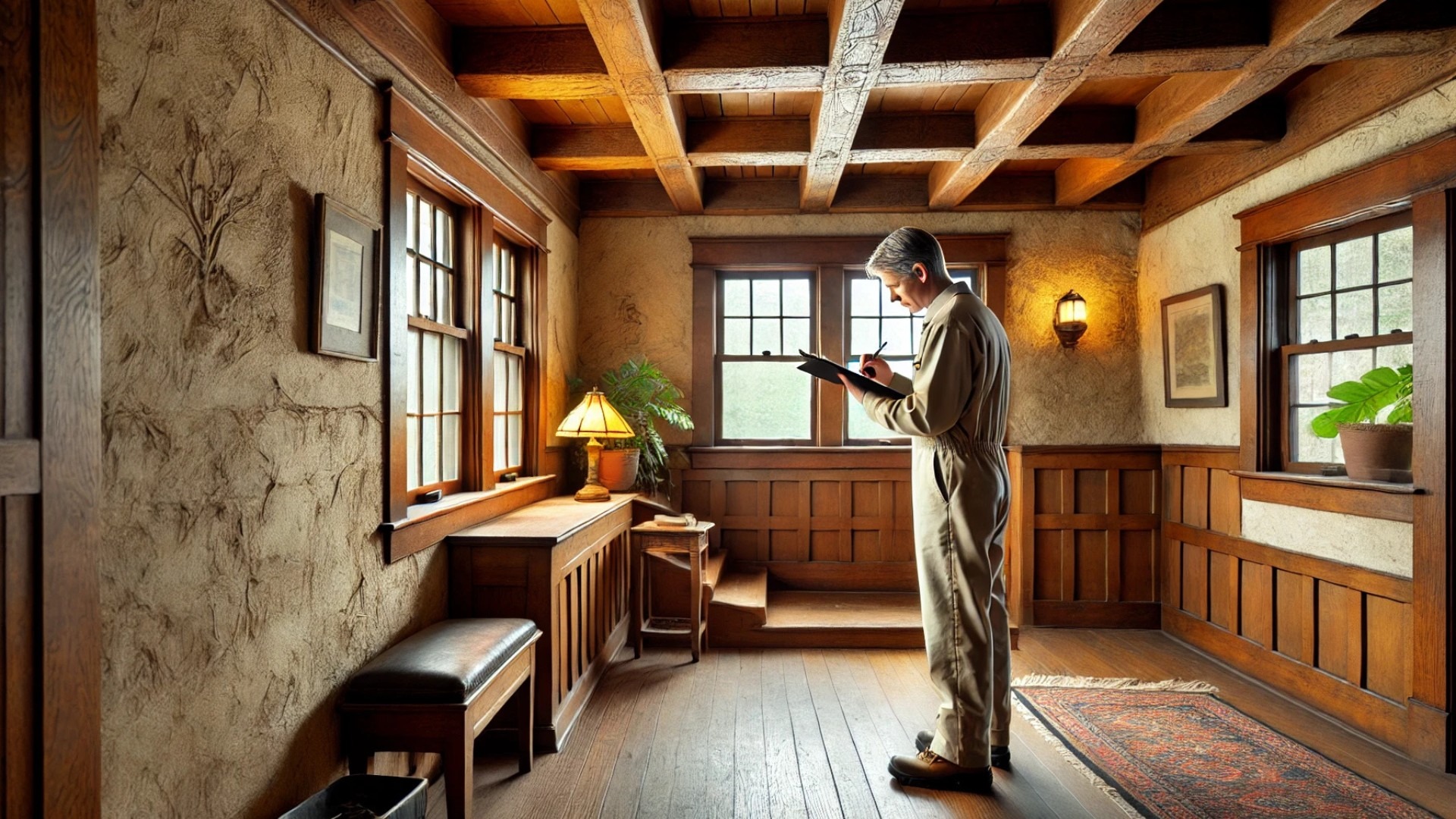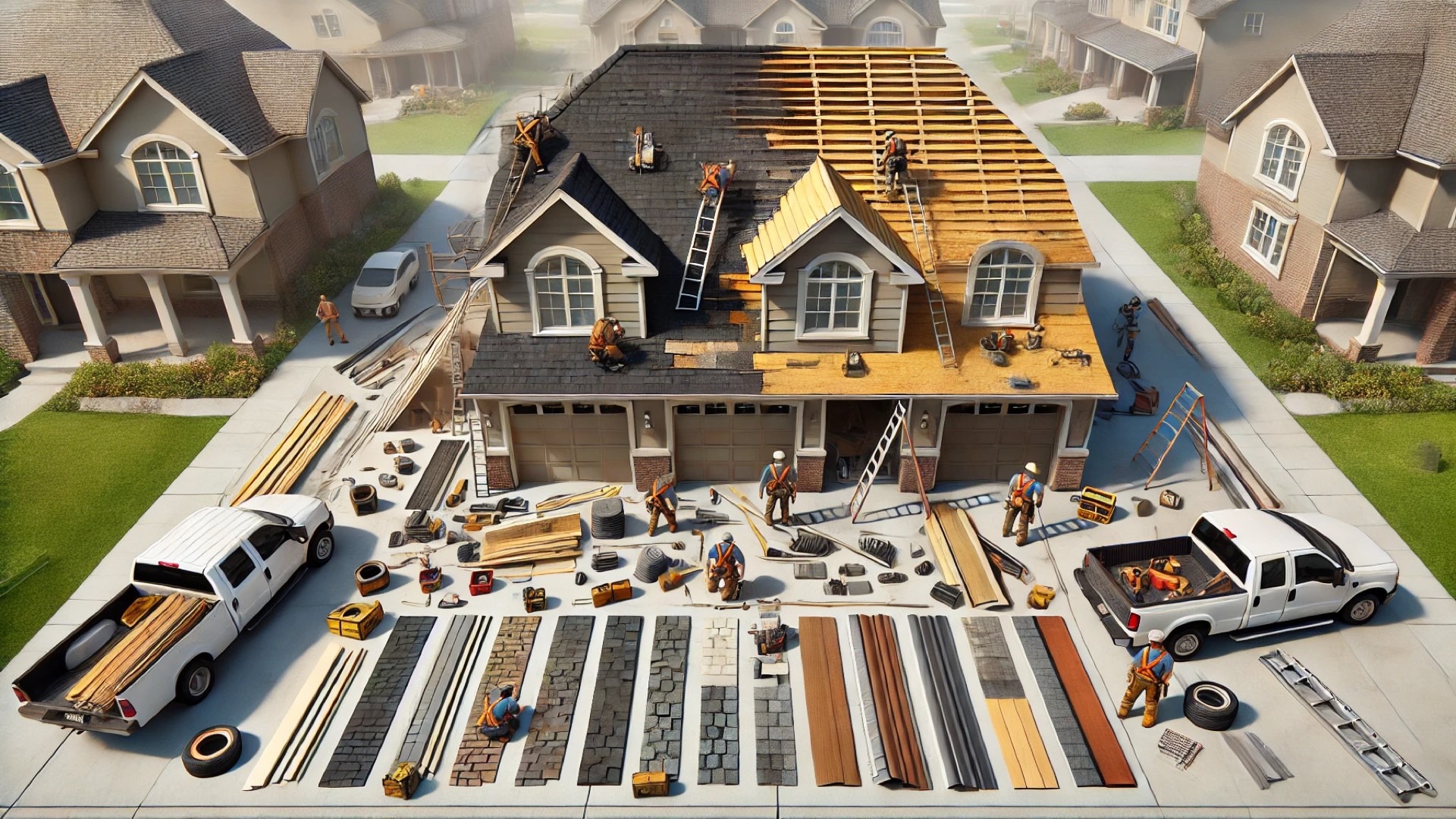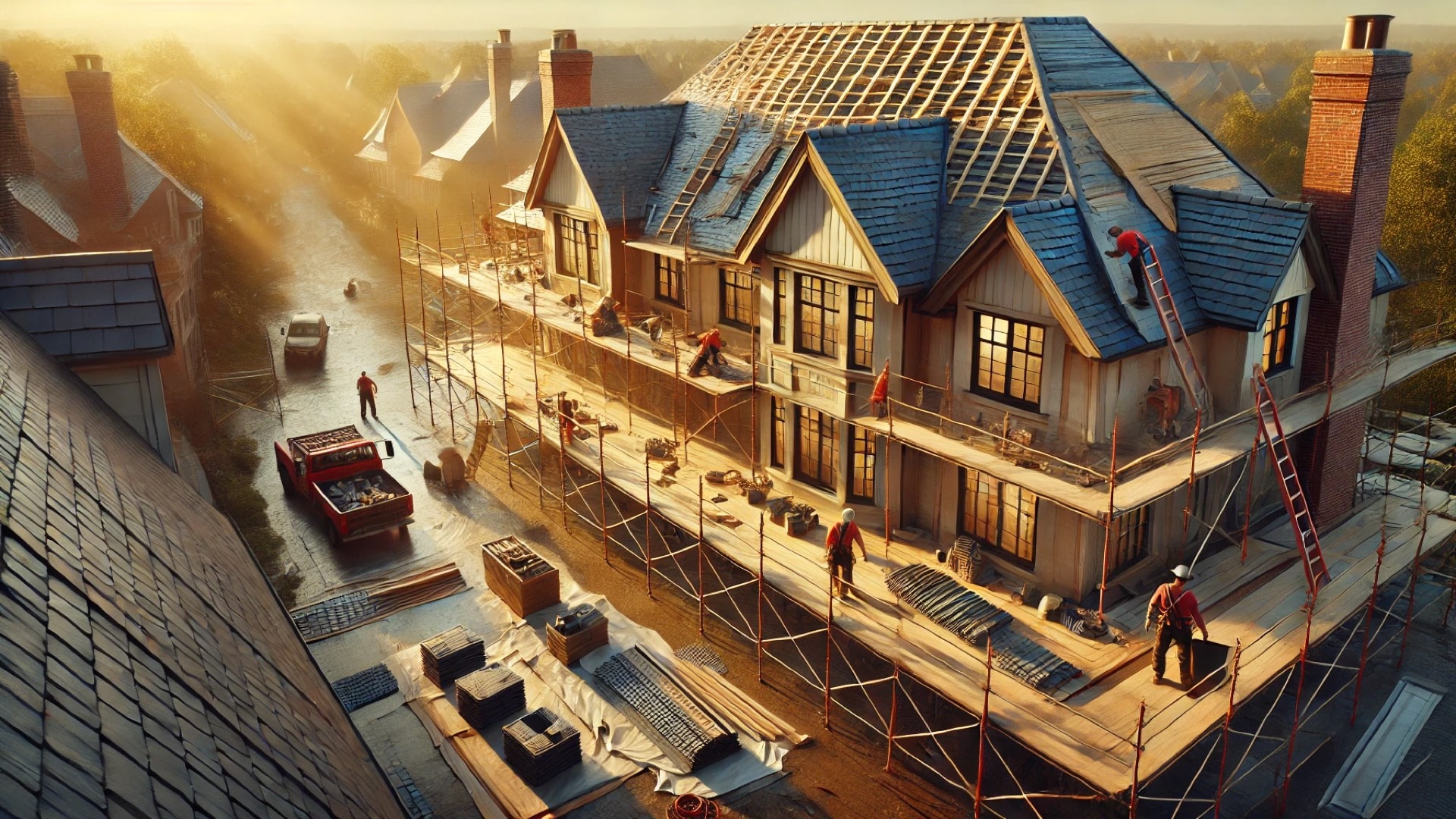
Understanding the Critical Nature of Historic Home Inspections
In the rich tapestry of American architecture, historic homes stand as remarkable relics of our past, each telling a story of craftsmanship and heritage. Yet, with approximately 200,000 to 300,000 homes meeting an untimely end each year, the alarming truth is that many of these losses are preventable. The key lies in proper inspection and maintenance, a practice often overlooked—or executed poorly—by historic homeowners.
This Is Not Your Average Home
Unlike their modern counterparts, historic homes require a tailored approach to inspection. Standard home inspection checklists, which may suffice for a suburban home built in the 1990s, can miss the critical nuances found in, say, a 1920s Craftsman bungalow. The unique materials and construction methods used in these older homes—like hand-hewn timber frames and lime plaster walls—demand careful examination.
Many real estate agents won't share this stark reality: historic homes exhibit patterns of deterioration that differ significantly from modern homes. They come with their specific vulnerable points and early warning indicators. Ignoring these signals can lead to minor repairs escalating into significant restoration projects. For instance, what might initially be a minor repair costing $200 can snowball into a $20,000 restoration nightmare.
Preserve Their History
Through years of working on hundreds of historic homes, I've seen firsthand the devastating effects of deferred maintenance. For homeowners like Dan and Molly, who faced extensive rot and mold due to a small roof issue, the consequences were severe. Had they implemented a systematic inspection routine, they could have prevented a minor roofing issue from spiraling into a $25,000 restoration project.
Why Proper Maintenance Matters
The materials and techniques used in the construction of historic homes were designed to last for generations. Builders incorporated resilient resources such as old-growth lumber and lime mortar, providing the potential for a lifespan of well over a century with proper care. In contrast, modern materials may need complete replacement within 20-30 years, often leaving homeowners scrambling to find funds in emergency situations.
The Foundation of an Effective Inspection
To conduct a thorough inspection, historic preservation specialists follow a structured methodology, inspecting from the ground up while appreciating the interconnectedness of building systems. This approach is crucial to identifying issues before they escalate.
Many homeowners may be skeptical about whether such diligence truly pays off. However, the investment in regular maintenance translates not only to prolonged life for historic homes but also enhances their value. By fostering architectural integrity and aesthetic appeal, owners cultivate an exclusive marvel that stands the test of time.
What You Can Do
As a historic homeowner, it's more than just pride in owning a unique property; it's about being a steward of history. Regular inspections will safeguard your home from damages that can compromise its integrity. Whether you're curating a stunning renovation or maintaining your home's original charm, understanding its unique needs is critical.
Consider implementing a systematic inspection regimen, perhaps in tandem with local preservation societies or experienced specialists. The cost of a minor check-up can save you thousands in the long run.
Your Next Steps Towards Preservation
Historic homes offer a glimpse into our architectural heritage, deserving the utmost care. Don’t wait until a small issue becomes a hefty repair. Take steps to ensure that the historical character and craftsmanship of your home remain intact for generations to come. Embrace the responsibility of ownership and engage with the resources available for maintaining your treasured investment.
 Add Row
Add Row  Add
Add 




Write A Comment